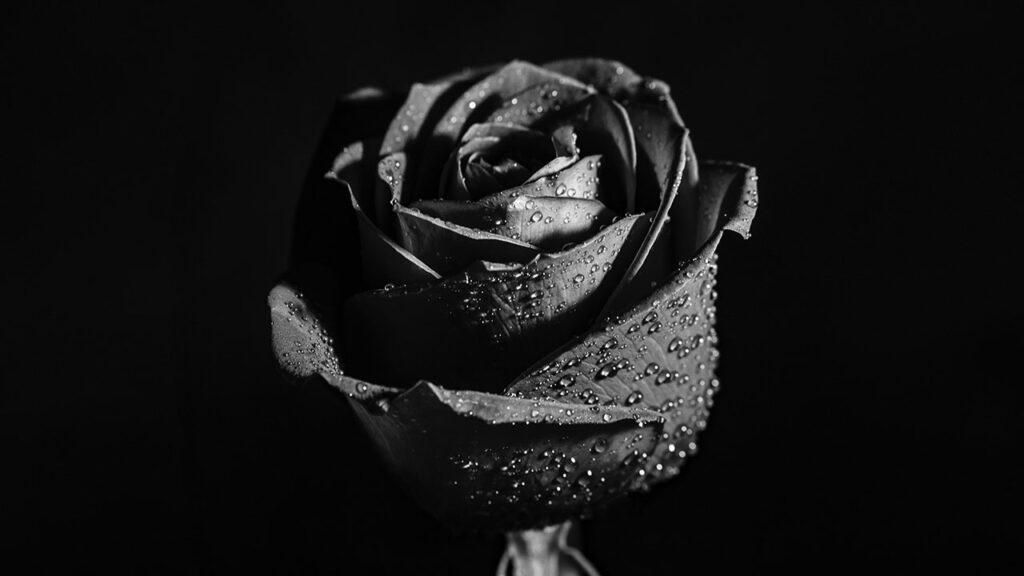
In the mind of most rose hybridizers, finding the black rose has been a Holy Grail search second only to the quest for the blue rose.
by Jacques Ferare
In both cases, these are colors that do not exist in the botanic world of roses. The idea behind Black Baccara was to create a new rose for the fresh flower trade that would truly be close to black using traditional breeding methods. Working almost exclusively to increase the deep red pigment concentration in the petals to a level never reached before without damaging them was the goal.
For this project, the French breeders looked into hybridizing a rose with the strongest concentration of dark red pigments (pelargonidin, cyanidin, quercitin and kaempferol) possible. To achieve this, they had to work on reinforcing the cell walls as well by increasing the dose of carotene pigments. Carotene strengthens the cell walls and keeps them from dissolving under very high pigment concentrations within the cells.
Since color intensity in roses and most flowers is directly related to the concentration of pigments in the petal cells, the challenge is to obtain the highest concentration of pigments and therefore the strongest color, without killing the cell from a pigment overdose. Several years of intensive breeding in the late 80’s and early 90’s resulted in numerous trial varieties with very dark, velvety red colors. As a matter of fact, long before this color became popular, promising seedlings deemed as “too dark” by the trade had been routinely eliminated from the trial greenhouses.
The result of the breeding work was ‘Black Baccara’ which is black-red most of the year, turning deep burgundy in the summer under high light and low humidity conditions. The dark flower was also tested for garden performance and was found to be a better garden rose than most other florist roses in trials in France, Italy and Germany. Now that black is so near, can blue be far behind?
